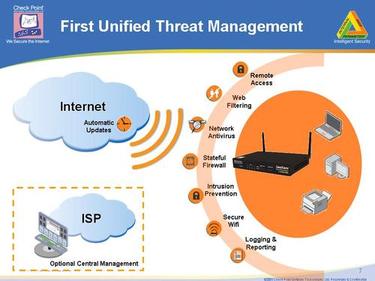James Surowiecki has a great article in the New Yorker this week about the new Nintendo Wii system, titled "In Praise of Third Place." What James really asks is if you are a distant third in a market, how do you compete with the big boys? In this case, Nintendo is slugging it out with Sony and Microsoft and rather than going into hand-to-hand combat, Nintendo has changed the game and the stakes – forget about being the most powerful and fastest machine but how about focusing on being the easiest to use with a significant differentiating feature – motion sensors. James goes on to say:
The point is that business is not a sporting event. Victory for one company doesn’t mean defeat for everyone else. Markets today are so big—the global video-game market is now close to thirty billion dollars—that companies can profit even when they’re not on top, as long as they aren’t desperately trying to get there. The key is to play to your strengths while recognizing your limitations. Nintendo knew that it could not compete with Microsoft and Sony in the quest to build the ultimate home-entertainment device. So it decided, with the Wii, to play a different game entirely.
I would argue that rather than title the article "In Praise of Third Place" that it should be titled "In Praise of First Place" because what Nintendo did was slice and dice the multi-billion dollar gaming market so that it could be first place in a submarket (which is quite huge) that Nintendo has defined, that plays to its strengths, and that it can win. This is a big deal and quite smart. Even though Nintendo is a large company fighting even larger ones, this is a strategy that any startup can use – change the stakes and be the best in your new category. This does not mean to slice ad infinitum until you get a market so small that it is irrelevant, but the point is that going into "hand-to-hand" combat with those with much greater resources can be quite hazardous to your health. Take a look at an excerpt from an earlier post I wrote about competing with the big boys.
First, as a startup you have to get away from a feature/function battle because you will always lose against a big boy. If a customer has already bought a product from an incumbent, they are more often than not willing to stay with that incumbent if they can deliver the extra feature/function soon enough in a good enough way. What I like startups to do is win with the product roadmap and vision. Show the prospect how you solve their needs today better than the incumbent but more importantly why you are different and how your approach will solve their future needs. If you can differentiate on this level, it gives you a much better chance to win.
